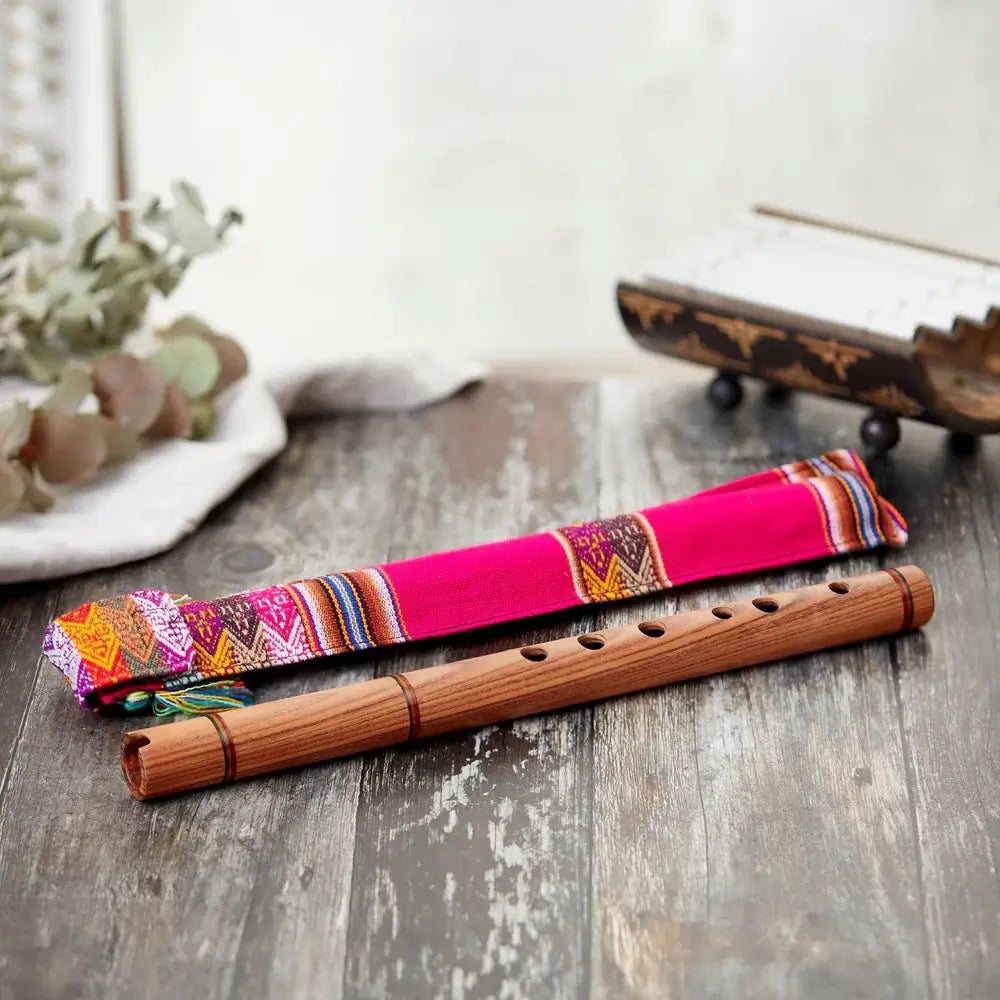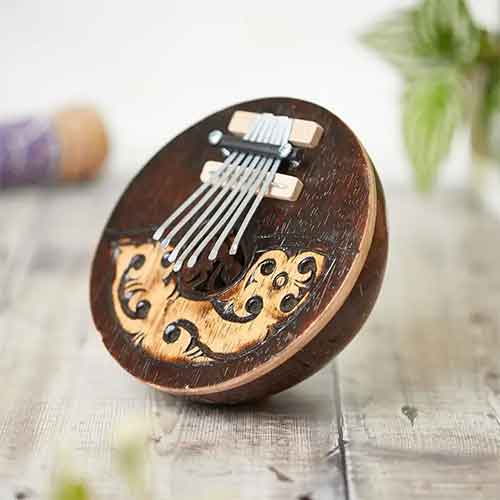Having the right stage and performance equipment is essential for any live performance or event. Whether it’s a DJ set, a band, a theatrical production, or a speaking engagement, having the right equipment can make all the difference in the level of quality and professionalism of the performance. Sound equipment is also an important part of any live performance. This includes mixing consoles, processors, and amplifiers, as well as the necessary microphones, cables, and stands. Quality sound equipment can help ensure that the sound quality is clear and balanced, while poor sound equipment can make the performance sound muffled and distorted. Sound is essential for making sure your audience can hear you clearly. Professional sound systems can handle a variety of sounds and frequencies, ensuring that everyone in the audience can hear your performance.
1. PA system

The most important piece of equipment for any live performance is the PA system, or public address system. A good PA system is essential for any stage or performance. It can be used for audio amplification, sound reinforcement, and more. This is what amplifies the sound from the source and allows it to be heard by the audience. A good PA system should include quality speakers and amplifiers, as well as the necessary accessories such as microphones, cables, and stands however these other items may need to be purchased separately.
2. Stage lighting

Lighting is also an important part of any live performance. Quality lighting can help set the mood and create a visually impressive performance, while poor lighting can make it seem dull and unprofessional. Common types of lighting equipment used in live performances include spotlights, moving lights, and LED fixtures. Lighting is essential for setting the mood and creating a visual effect. Professional lighting can create a variety of effects, from subtle shadows to bright lights.
3. Mixing console

A mixing console, also known as a mixing desk or audio mixer, is an electronic device used for blending and modifying audio signals in sound recording and reproduction, as well as sound reinforcement systems. It receives inputs from sources such as microphones, electric or electronic instruments, or recorded sounds, and modifies the signals to produce the combined output signals.
Mixing consoles provide various functionalities such as phantom power for microphones, pan control, filtering and equalization, dynamic range compression, routing facilities, and monitoring facilities. They typically have channel input strips, groups, and master sections that are subdivided into subsections, each with buttons, knobs, and faders for controlling the gain of the input preamplifier. Mixing consoles are essential tools in various applications, including recording studios, broadcasting, nightclubs, and post-production.
4. Digital audio processors

Digital Audio Processors are also known as mixing consoles, are electronic devices that manipulate and blend audio signals for sound recording and reproduction. They receive inputs from sources such as microphones, electric instruments, or recorded sounds, and modify the signals to produce the combined output signals. They use digital signal processing (DSP) to apply various effects such as compression, equalization, reverb, and delay, to enhance the perceived quality of an audio signal.
Digital audio processors are essential tools in contemporary music production and composition, as they allow for precise control and adjustment of audio signals. They are also used in sound reinforcement systems for live performances. Stage amps, on the other hand, are guitar amplifiers designed for live performances, providing enough volume to be heard over a band or in a large venue.
5. Stage amps

Stage amps are guitar amplifiers designed for live performances, providing enough volume to be heard over a band or in a large venue. They come in various sizes and power ratings, ranging from small practice amps to large, high-wattage stacks. Stage amps are typically tube or solid-state, with the former providing a warmer and more natural tone and the latter being more durable and reliable. They often feature multiple channels, built-in effects, and footswitch compatibility for easy control during a performance. Brands such as Fender, Marshall, and Vox are well-known for their high-quality stage amps.
6. Stage microphone

A vocal microphone, or stage microphone, is intended for live performances. They can be handheld or mounted on a stand and are built to capture the sound of a singer's voice or other instruments on stage. These microphones use a transducer to convert sound waves into electrical signals, which can then be amplified and broadcast through a sound system. They offer features like cardioid characteristic, condenser capsule, and feedback rejection, making them perfect for performers and musicians. They will likely come with cables and other accessories depending on whether you buy them new or used and depending on if they are wired or wireless.
7. Microphone stand

A microphone stand is an essential tool for any performer on stage. It allows the performer to keep their microphone in a fixed position, freeing up their hands to play an instrument or engage in other activities. A stand also ensures that the microphone is at the correct height and angle for the performer to deliver their best performance. Without a stand, a performer may have to hold the microphone, which can be tiring, and the sound quality may suffer due to the microphone's movement.
8. DJ Controller

DJ gear is an essential part of any live performance. This includes turntables, mixers, and controllers, as well as the necessary headphones, cables, and speakers. Quality DJ gear can help ensure that the performance is dynamic and professional, while poor DJ gear can make it seem unprofessional and amateurish. DJs are often responsible for mixing different sounds together to create a cohesive mix. Professional DJ equipment can handle a wide range of sounds and frequencies, making it easy to create the perfect mix for your performance.
When it comes to stage and performance equipment, there's simply no one better than professionals. They know what's needed to put on a great show, and they know how to get the most out of their gear. Having the right stage and performance equipment is essential for any live performance or event. Quality PA systems, lighting, sound equipment, and DJ gear can help ensure that the performance is professional and of the highest quality.
Up next: The Best Music Production Softwares












